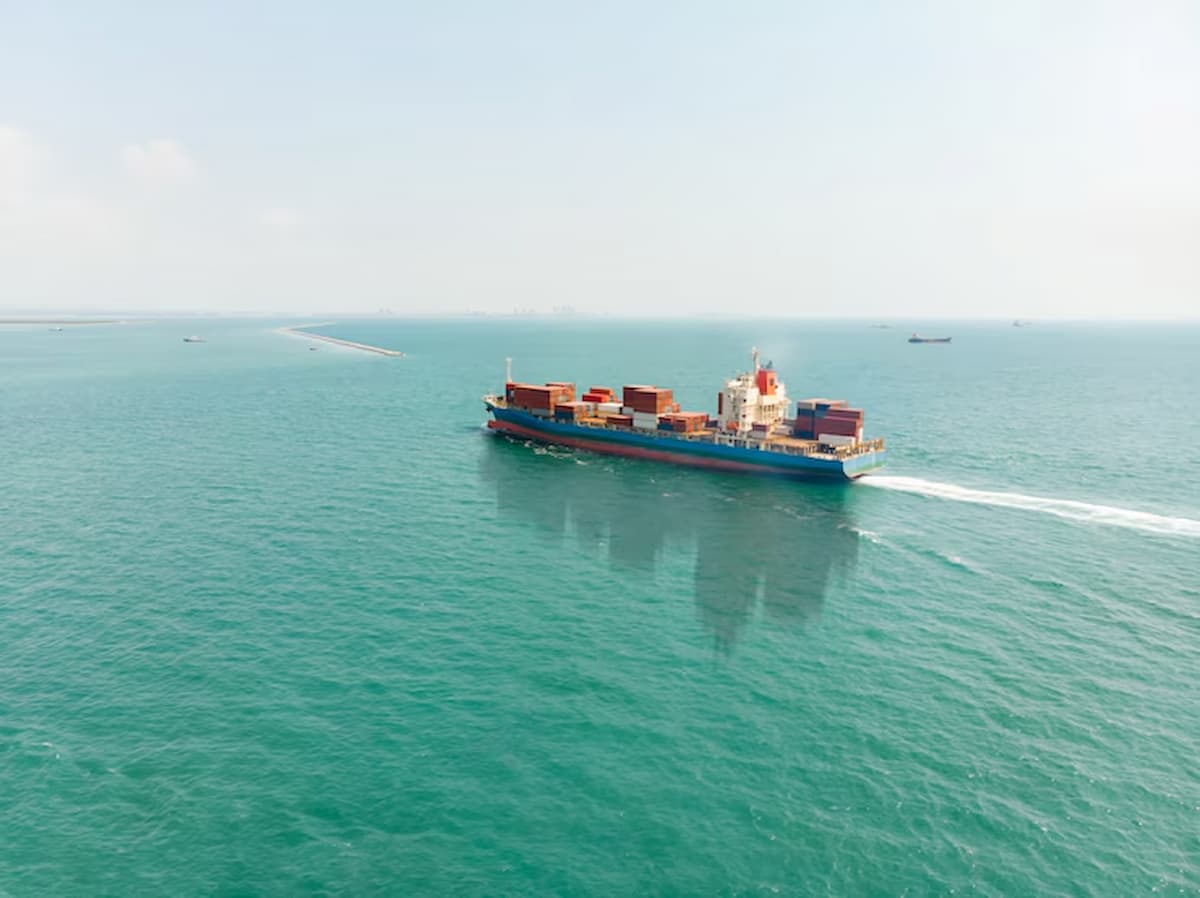“Food, Disrupted”
Ask not what you can do for your country. Ask what’s for lunch. – Orson Welles
In the next decade our eating habits will undergo profound change, as the need to provide a nutritious and healthy diet to a growing population, whilst safeguarding our natural resources and limiting climate change, becomes ever more urgent. Companies that provide innovative solutions to change what we eat, help improve agricultural productivity through the adoption of digital technologies and help reduce food loss and waste, are expected to be at the forefront of this revolution.
The challenges
There are currently several challenges that need to be solved for us to reach a sustainable food system. The first one is malnutrition: 700m people are still undernourished in the world today, and the figure is forecast to reach 840m as early as 2030, as population growth increases the pressure on our food system. On the other hand, another 1.8bn people, or 60% of all adults in our developed countries, are overweight or obese. This leads to health risks – 20% of total deaths among adults are linked to the diet – and has a huge financial cost, estimated at more than USD13trn per year, with USD9trn in Asia alone.
The huge impact of the food industry on the environment is another key challenge. At present, as much as 26% of global CO2 emissions can be linked to the global food system. This ranges from land use, animal feeding and farming activities to food processing, transportation, packaging and the retail sector. Food production and consumption is also highly water intense, currently accounting for 92% of our fresh water consumption, and a major driver behind deforestation – 80% of the deforestation worldwide is linked to agriculture – and the loss of biodiversity.
Finally, resource scarcity and geopolitical tensions, on top of putting in jeopardy our food security, is leading to food price inflation that is making it even more difficult for people to afford a healthy diet. As a reference, the Overall FAO Food Price index was up 28% YoY in 2021, and we have seen in particular cereal prices go up 27%, vegetable oils 67% and sugar 38%.
With Ukraine and Russia being amongst the world’s largest exporters of wheat (29% of all exports), vegetable oils (75% for sunflower oil) and corn (20%), the situation is expected to get even worse this year as Ukrainian crops won’t get planted and Russian ones will be embargoed in many markets. Wheat prices are already up more than 30% since the conflict started. Finally, because of the relationship between energy and agricultural prices, the conflict will eventually impact most food supplies across the globe.
The outlook
Looking into the future, the UN estimates that farmers will have to produce at least 50% more food by 2050 because populations are growing and incomes are rising. This means that CO2 emissions and land use would increase by about 50% by 2050 in the base case scenario of a non-convergence of diets between emerging and developed countries, and by 100% in the worst case scenario of a full convergence of diets (meat consumption increases in line with income).
But with water demand already expected to exceed supply by 40% in 2030, 10% of areas suitable for crops and livestock forecast to become unsuitable by 2050 and over 30% by 2100, and the most important agricultural regions worldwide facing substantial declines in agricultural output due to climate-related changes, a comprehensive transformation is necessary in the way our food is produced, especially since the technologies needed to revolutionize the food industry already exists. We will present below some of the solutions currently available or being developed.
The solutions
An average US diet has a footprint of more than 2,000 kg of CO2 per person per year. Cutting only meat and dairy can reduce this footprint by 40%. Indeed, what we eat makes a substantial difference in terms of environmental impact. For example, 1 kg of beef has an emission intensity that is more than 10x greater than that of farmed fish and more than 50x greater than that of vegetables and fruit.
This could be achieved by moving towards a plant-based diet that could include plant-based meat. However, even though the plant-based meat market saw strong growth in 2020, the category has since started to stall and there are worries that the sector has been overhyped. Beyond Meat and Oatly are some well-known examples of the pure plays in this space, respectively down 68% over one year and 70% since the IPO in May 2021.
Another way of reducing meat consumption is by developing cultivated cell-based (lab-grown) meat, which is a process in which meat is grown from a small sample size of animal cells. In 2020, Singapore became the first country to approve the sale of lab-grown meat. At this stage though, the challenges are the lack of regulatory approval in most countries and the significant price premium: Eat Just’s lab-grown chicken nuggets still cost $50 each to produce. Other solutions are still at their development stage for human consumption, such as combining fermentation techniques with technology to create proteins and producing insect meat, both lab-grown and farmed.
At this stage, we think that Ingredients companies such Symrise, International Flavors and Fragrances and Kerry are best positioned to capitalize on this theme, through their addressing the main inhibitor of broader consumer adoption: taste.
The main solution to the issue of food security and resource scarcity is agri-tech, with one important innovation in this space being vertical farming, a technology expected to increase production yields by 390x and reduce water usage by 95%. Precision agriculture, which includes satellite-enabled systems, sensor technologies, drones, autonomous and smart machinery, can also help to enhance yields and reduce costs. But gene editing is probably one of the most potentially radical changes ahead of us. The “CRISPR” technology in particular could transform crop yields and greatly improve food products by incorporating nutritional benefits and/or tackling allergens.
The agricultural sector could add USD 500bn of value to global GDP by adopting higher efficiency technologies. In the coming years, only the producers that have mastered precision agriculture will be ready to take advantage of the fourth era, next-generation agriculture technologies. Agricultural machinery companies such as Deere & Co should benefit from these developments.
Finally, reducing food waste is also paramount. Today 30% of the food produced, for a value of around USD 400bn, is never consumed, leading to a total economic, environmental and social cost of USD2.6trn. Solutions include smart, plant-based packaging, cooling and produce treatment technologies along with recycle/reuse technologies. Radical transparency, via blockchain technology, also has the potential to deliver new benefits to the fresh food industry. Global food supply chains can verify freshness, improve traceability, and re-capture consumer confidence. Buyers can modify their purchasing decisions based on more relevant, up-to-date product characteristics. Blockchain solutions can also reduce food waste through smart contracts based on freshness.
An example of how technology can improve the management of end-of-life products is French start-up Phenix, a company that runs a web-based marketplace that connects supermarkets with end-of-life food stocks to NGOs and consumers. The platform enables the supermarkets to save the costs of disposal, gives consumable products a second life, and reduces some of the social and environmental burden of waste.
Apeel is another great example. Its edible plant coating for fresh produce slows water loss and oxidation, which reduces spoilage. It also enables smallholder farmers to access new markets in the absence of sophisticated cold chains.
Darling Ingredients, a US company that collects and recycles used restaurant cooking oil and byproducts from the meat processing industries to create food, feed and fuel ingredients, and Tomra Systems, a Norwegian company that provides collection, sorting and recycling services, are our two preferred listed plays in the circular economy space right now.
Food security could be ensured and agricultural CO2 emissions reduced by around 30% by 2050 (equivalent to more than five times the annual emissions from aircraft) if all the above solutions are more widely adopted. To make this happen will require involvement of all stakeholders, but the principal disruptive force remains the consumer, and to quote Michael Pollan in The Omnivore’s dilemma, “the single greatest lesson the garden teaches is that our relationship to the planet need not be zero-sum, and that as long as the sun still shines and people can still plan and plant, think and do, we can, if we bother to try, find ways to provide for ourselves without diminishing the world.”
Disclaimer
The documents herein are issued for general information purposes only. Views and opinions contained herein are those of Bordier & Cie. Its contents may not be reproduced or redistributed. The user will be held fully liable for any unauthorised reproduction or circulation of any document herein, which may give rise to legal proceedings. All information contained herein does not constitute any investment recommendation or legal or tax advice and is provided for information purposes only. Please refer to the provisions of the legal information/disclaimer page of this website and note that they are fully applicable to any document herein, including and not limited to provisions concerning the restrictions arising from different national laws and regulations. Consequently, Bordier & Cie does not provide any investment service or advice to “US persons” as defined by the regulations of the US Securities and Exchange Commission, thus the information herein is by no means directed to such persons or entities.



